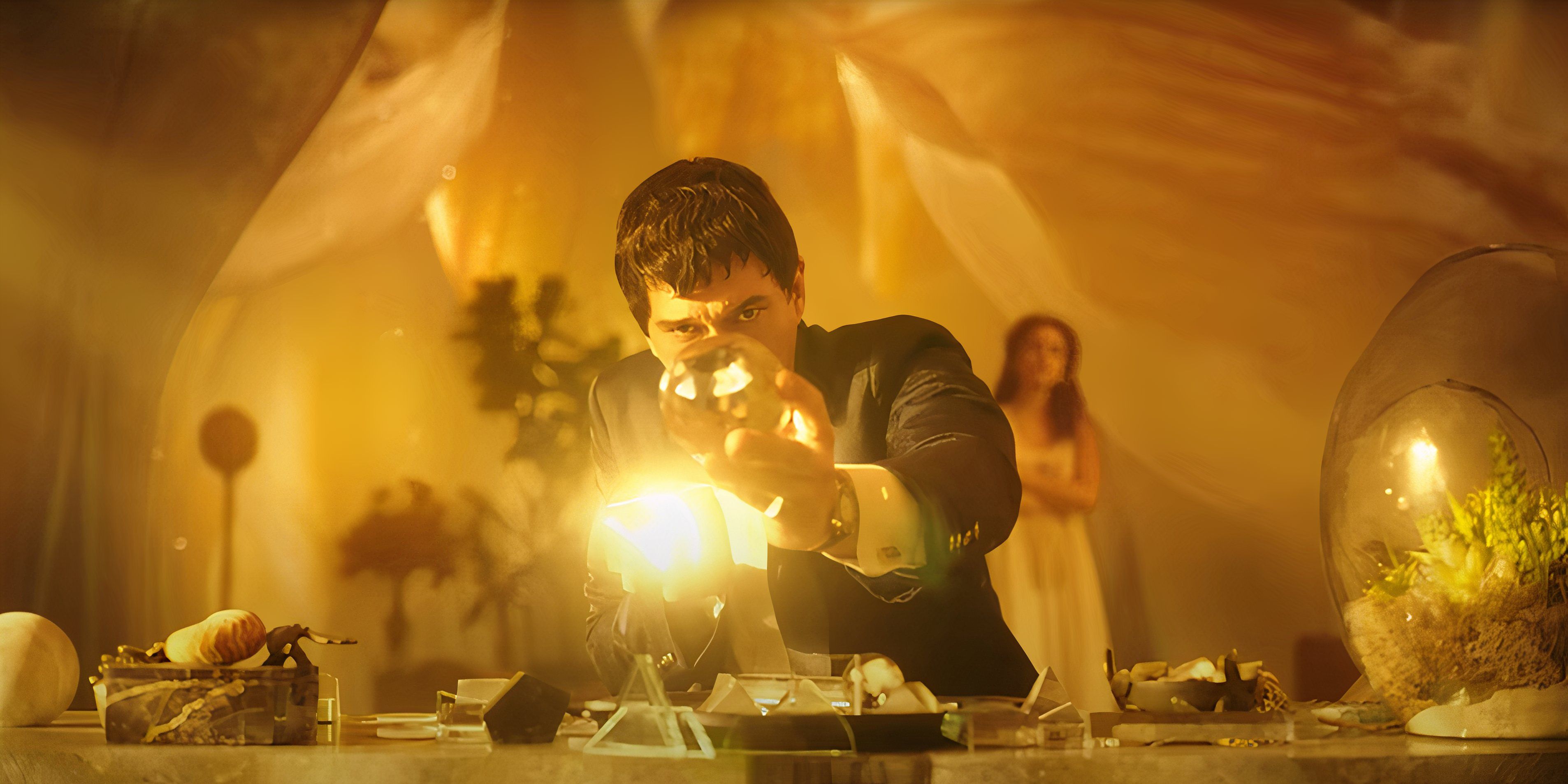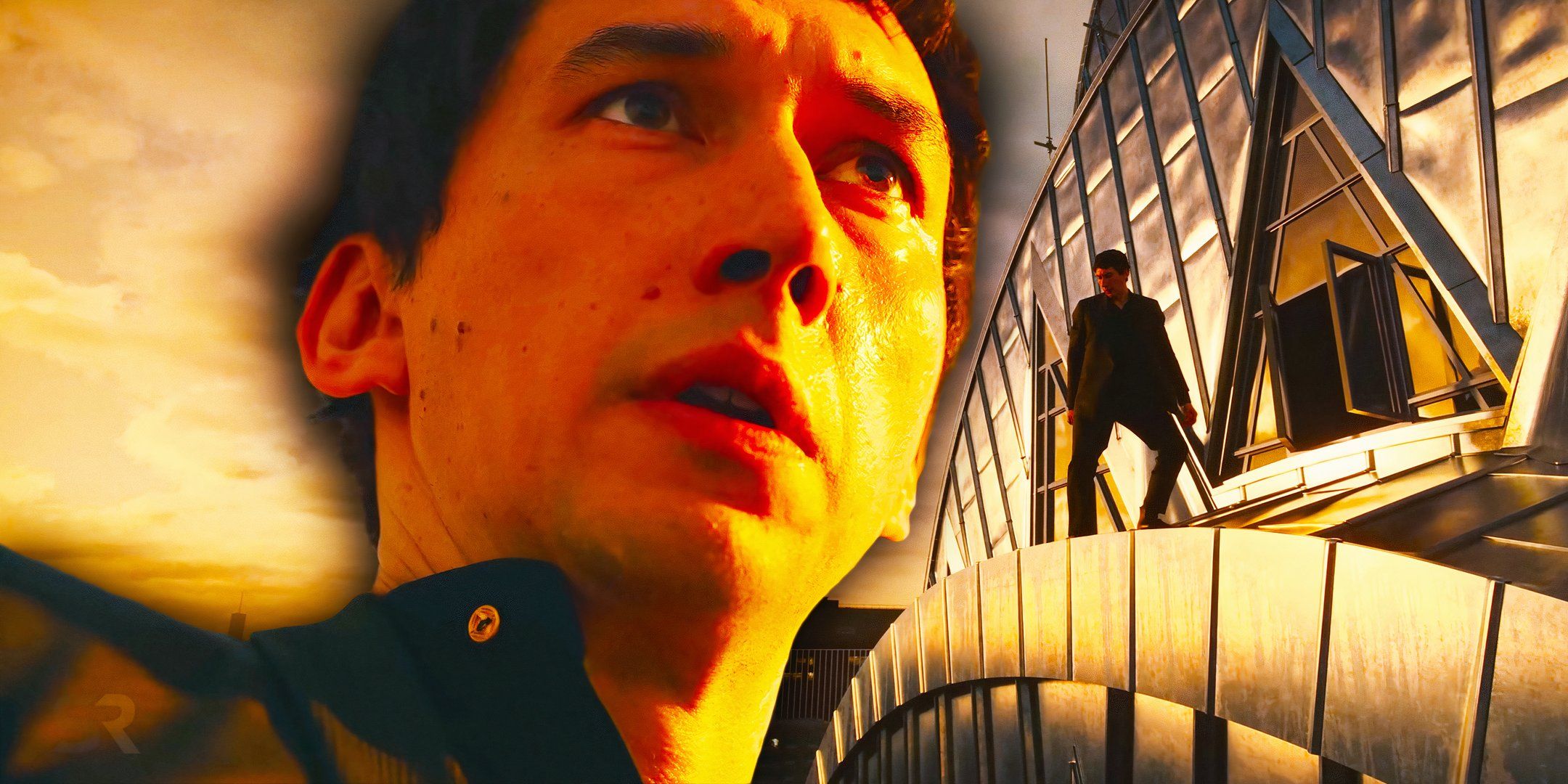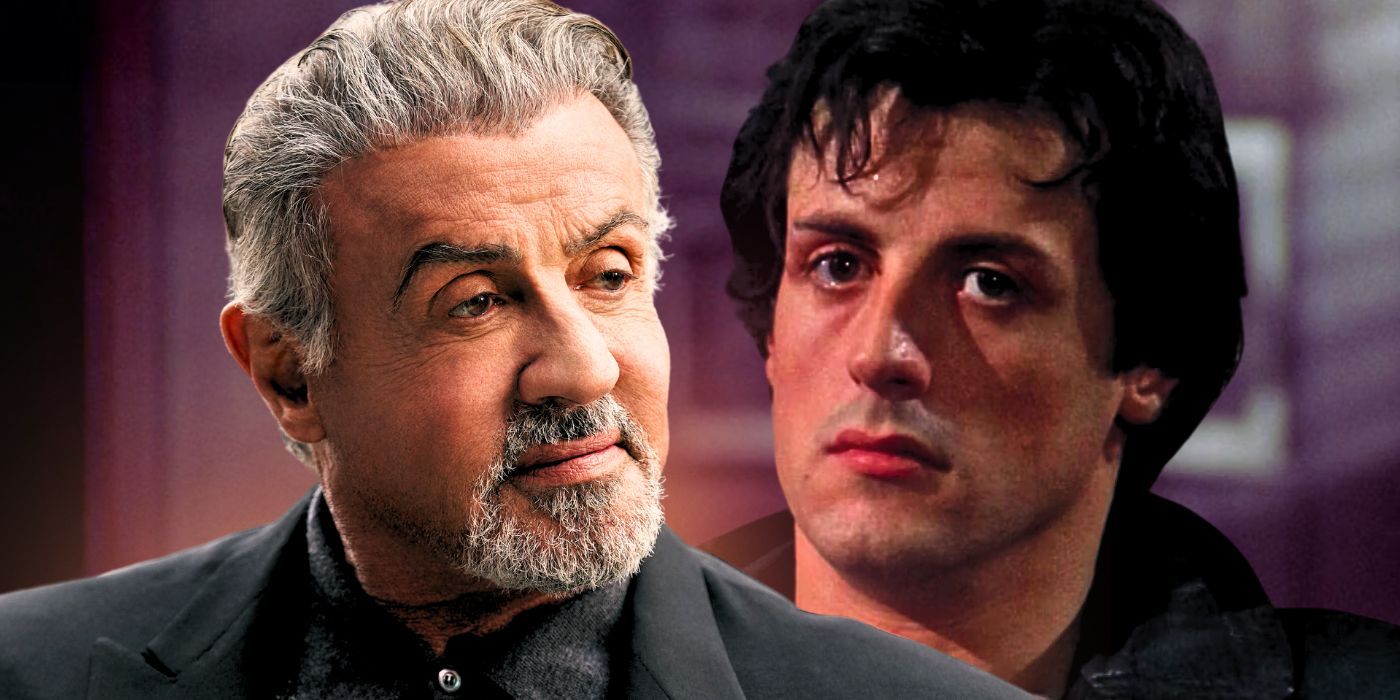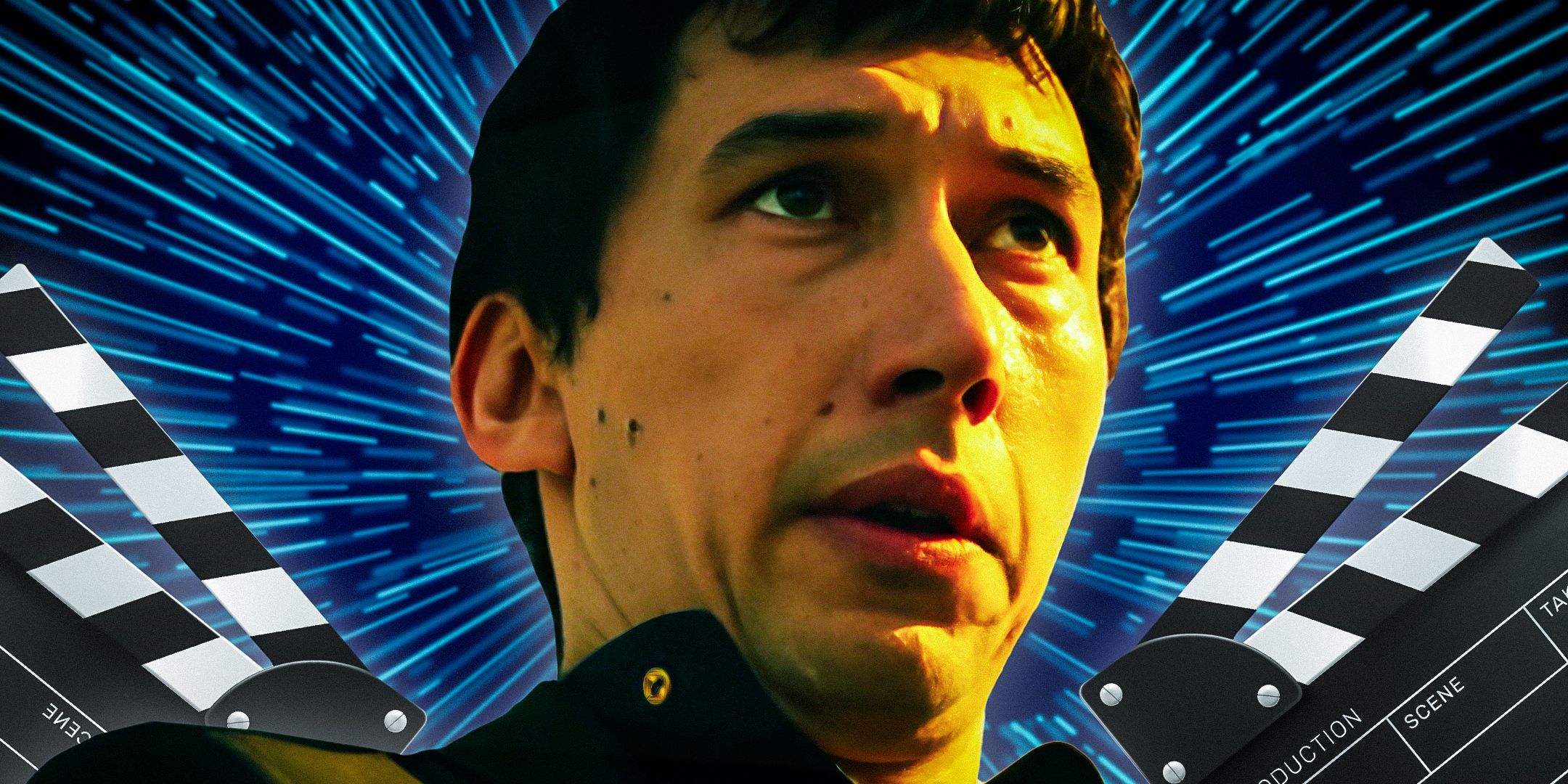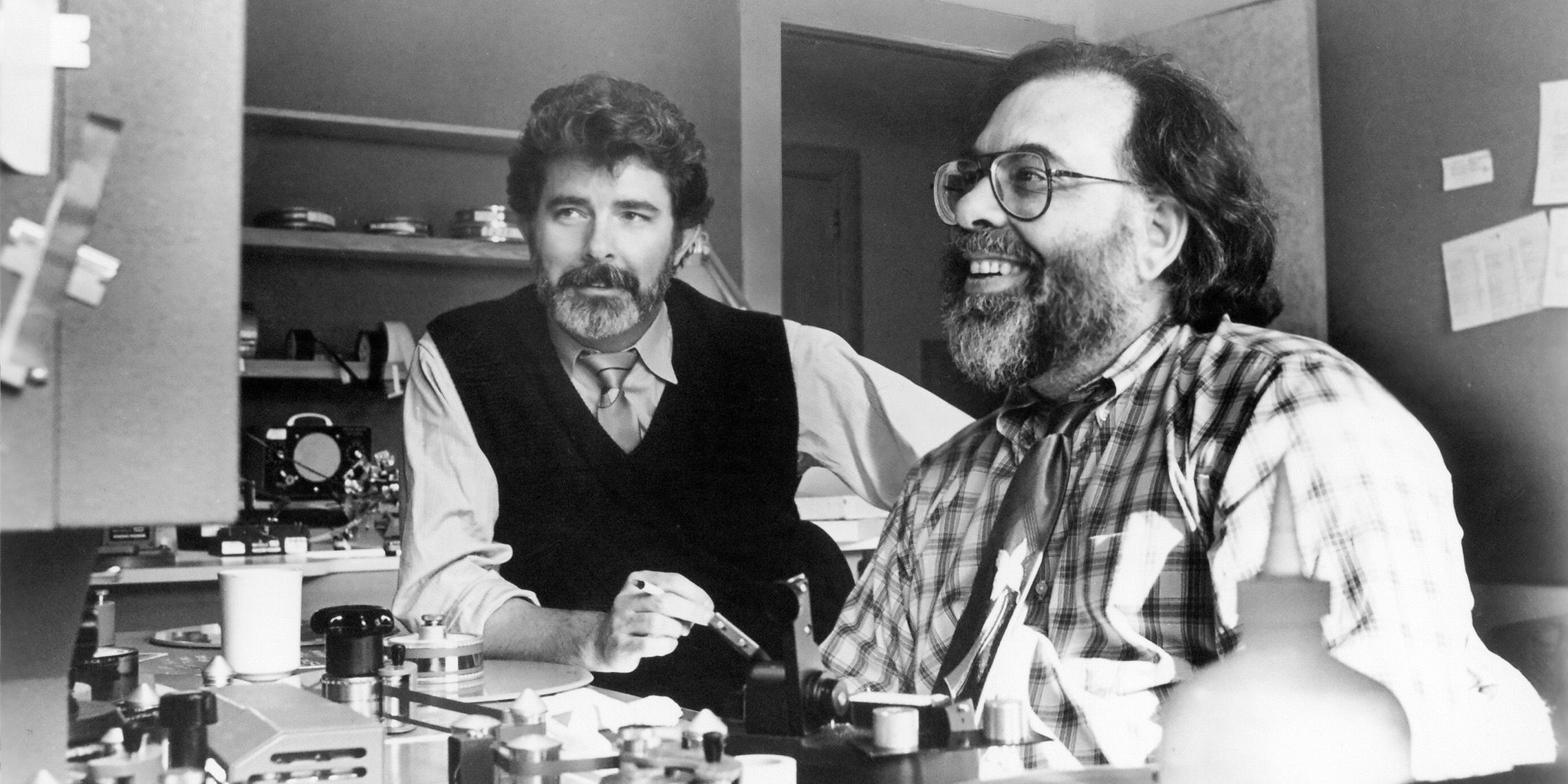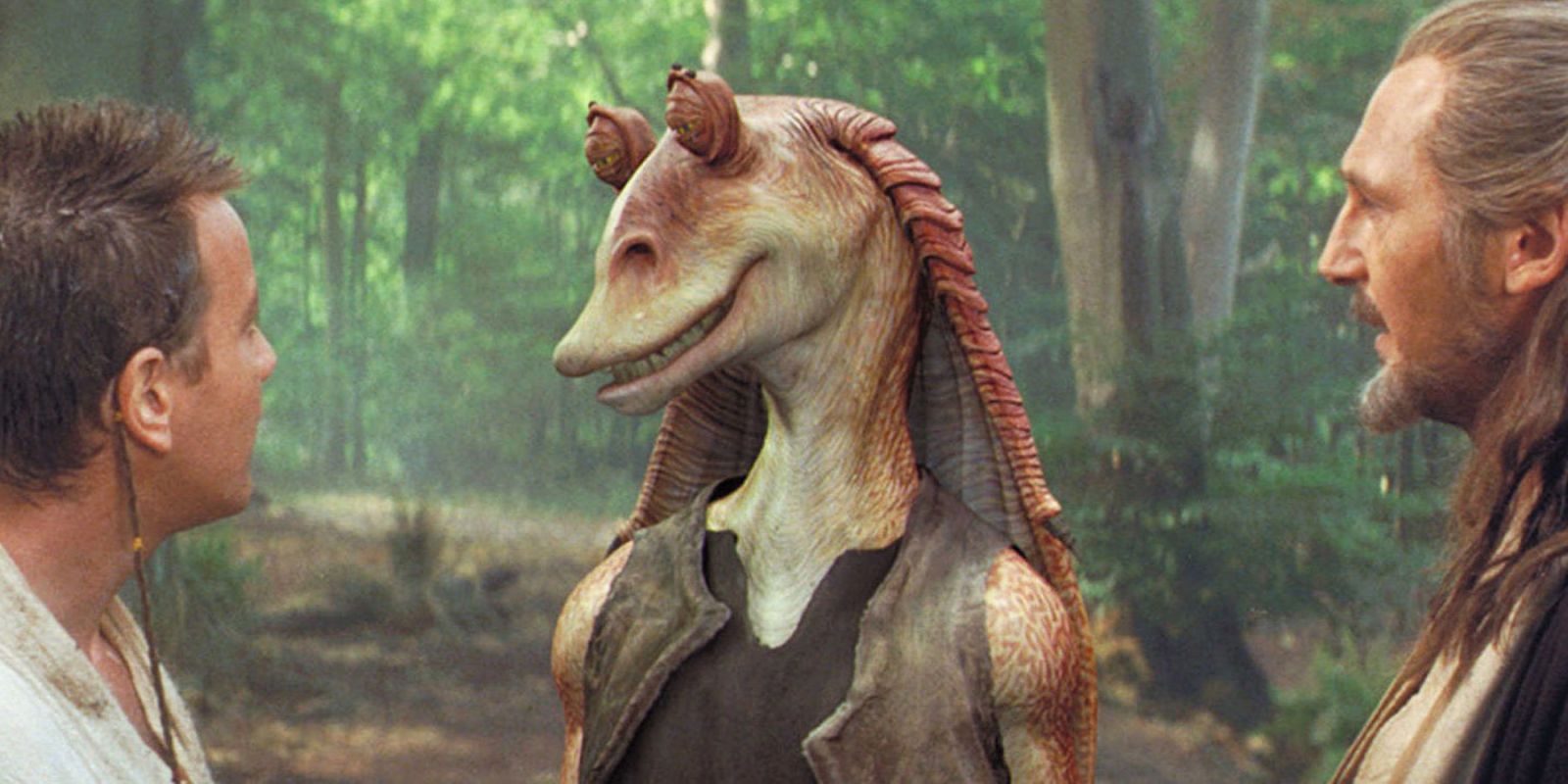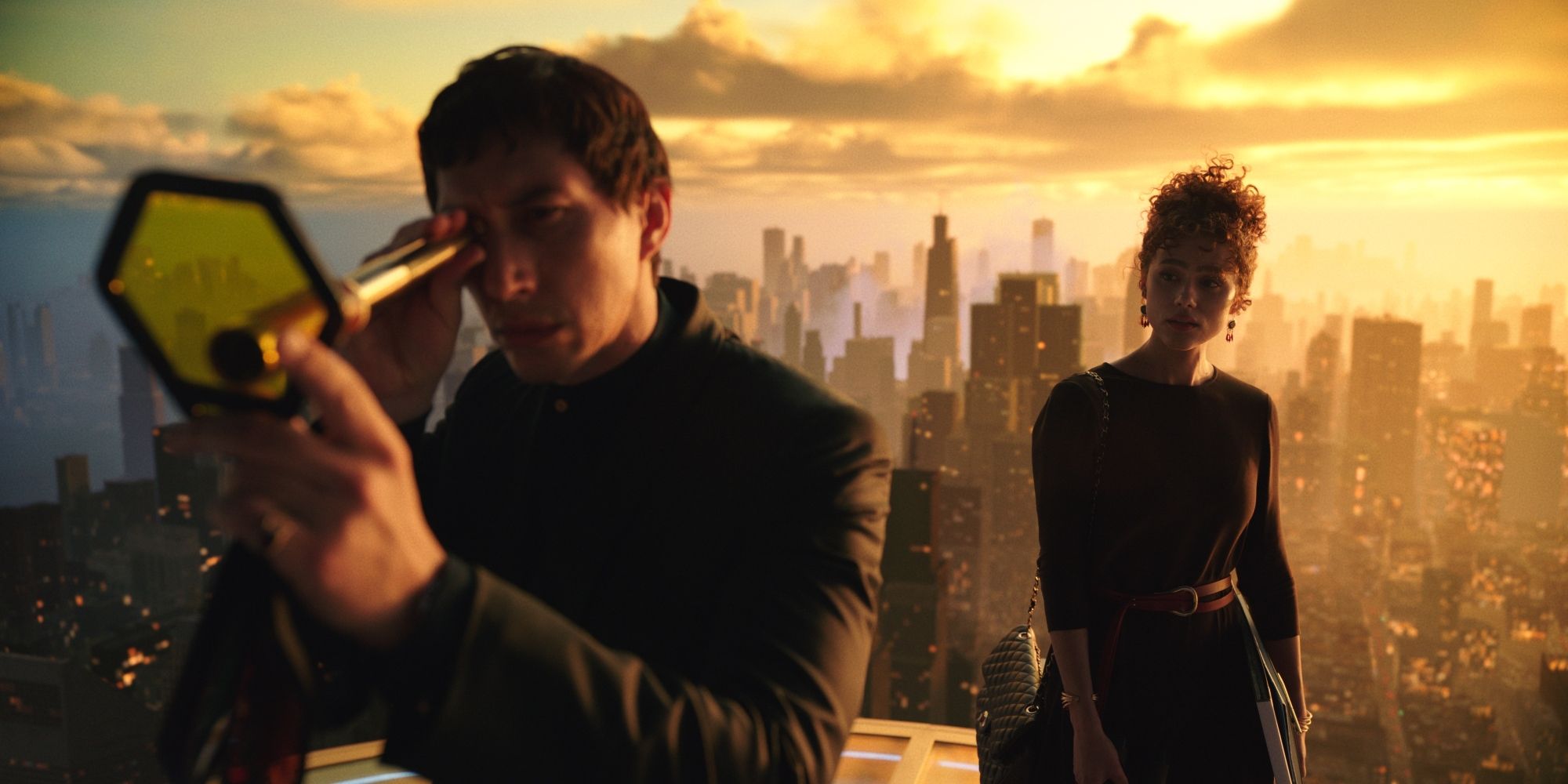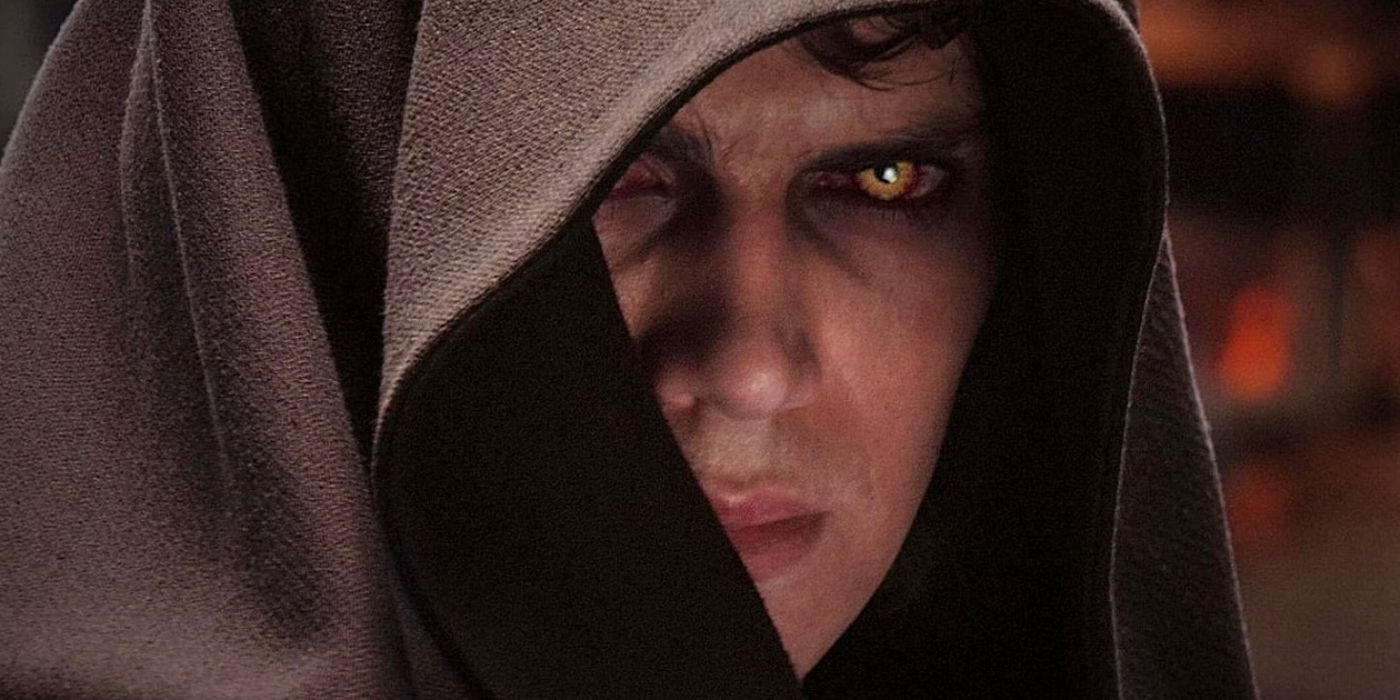Summary
- Francis Ford Coppola's Megalopolis is a sci-fi passion project that resembles George Lucas' Star Wars prequels, exploring a utopian NYC rebuilt after a disaster.
- Like Lucas, Coppola has embraced new technology in filmmaking, using innovative techniques to create his ambitious epic on LED stages.
- Megalopolis faces divisive reactions, with some calling it bizarre, hinting at its potential to spark mixed opinions like the Star Wars prequels.
Francis Ford Coppola’s new science fiction epic Megalopolis looks like George Lucas’ long-time friend and former producing partner has finally made his own Star Wars movie. Megalopolis is Coppola’s first film since 2011’s Twixt. It’s a passion project that he’s been dreaming about since the 1970s, and after putting up $120 million of his own money, the Apocalypse Now director has finally made this ambitious project a reality. Megalopolis revolves around an idealistic architect who sets out to rebuild New York City after it’s wiped out by a disaster.
Like Steven Spielberg, Coppola is an old friend of fellow visionary George Lucas. While Coppola’s films tend to be grounded, character-driven dramas like The Godfather and The Conversation, Lucas’ films have transported viewers to a galaxy far, far away for epic laser-sword fairy tales spanning centuries. With Megalopolis, Coppola is finally trying his hand at the kind of epic blockbuster filmmaking that Lucas – and Spielberg, for that matter – pioneered with their early classics. In many ways, it’s like Coppola has finally made his own Star Wars movie.
Francis Ford Coppola's History With George Lucas & Star Wars
Coppola and Lucas first met on the set of Coppola’s 1968 fantasy musical Finian’s Rainbow. Coppola was frustrated with the studio’s cost-cutting and interference on the set, and his burgeoning friendship with Lucas – a fellow filmmaker of a similar age – helped him get through this difficult period. They became so close that Coppola hired Lucas to work as a production assistant on his next film, 1969’s The Rain People. In order to avoid the kind of executive meddling they faced on Finian’s Rainbow, Coppola and Lucas co-founded their own studio, American Zoetrope (the same studio that just made Megalopolis).
Despite their close friendship, Coppola wasn’t a huge supporter of Star Wars. In fact, Spielberg was the only one of Lucas’ friends who saw Star Wars’ potential. Coppola deemed Lucas’ weird little space movie to be a waste of his time, and encouraged him to make a film with more mainstream appeal (which became American Graffiti). Still, as a close collaborator of Lucas’, Coppola provided Lucas with plenty of his own notes and advice while he was making his initial Star Wars movies. Coppola’s daughter, Sofia Coppola, has a small role as one of Padmé’s handmaidens in The Phantom Menace.
Megalopolis Is An Ambitious Sci-Fi Movie – Mirroring George Lucas' Star Wars Prequels
Coppola isn’t literally making his own Star Wars movie, but with Megalopolis, it is as if he’s making his own Star Wars movie in a way – and more specifically, it’s like he’s making a Star Wars prequel. What Coppola is doing by self-financing Megalopolis, working outside the studio system on a big, ambitious sci-fi project with blockbuster scale, is similar to what Lucas did with the Star Wars prequel trilogy. Like Lucas, Coppola has given himself complete creative control by producing his blockbuster in-house. And, like Lucas, he’s had to wait for technology to catch up to his ambition.
And it’s not just behind the scenes that Megalopolis has similarities with the Star Wars prequel trilogy. Some of the imagery of a dystopian urban metropolis looks similar to Star Wars’ city-planet of Coruscant. Plus, thematically, Coppola is dealing with the same ideas and historical analogies that Lucas explored in the Star Wars prequels. The fall of New York in Megalopolis reimagines the fall of the Roman Empire in a sci-fi setting, just like the fall of the Galactic Republic in Lucas’ prequel trilogy was a sci-fi reimagining of the fall of the Roman Empire.
Megalopolis will compete for the Palme d’Or at Cannes, where it’s set to have its premiere on May 16.
Megalopolis Is Using New Technology Like The Star Wars Prequels
Lucas pushed CGI forward by leaps and bounds with the innovative production of the Star Wars prequels. Computer-generated effects had already been pioneered to provide a shapeshifting liquid-metal Terminator in T2: Judgment Day and glimpses of realistic-looking living, breathing dinosaurs in Jurassic Park. But the Star Wars prequels took CGI over the finish line with fully realized worlds and entire backgrounds added in post. The motion-capture technology used to turn Ahmed Best into Jar Jar Binks was particularly trailblazing. Some of the Star Wars prequels’ CGI looks a little dated now, but it was groundbreaking in its time.
Megalopolis might not be quite as revolutionary as the Star Wars prequel trilogy, but it is using some brand-new filmmaking technology. Coppola has used never-before-seen tech in the making of Megalopolis. It’s the first ever feature film shot on the LED volume stage on the newly opened Prysm Stages at Trilith Studios in Atlanta (via IndieWire). The movie utilizes virtual production through a company called NEP Virtual Studios. Coppola is blending tried-and-true old-school techniques with the virtual production techniques popularized by Jon Favreau’s Star Wars series The Mandalorian.
Megalopolis Already Sounds As Divisive As The Star Wars Prequels
The Star Wars prequel trilogy was notable for its polarized response, with extremely mixed reactions from both critics and fans. Some say the prequels ruined the franchise; others say they’re misunderstood masterpieces. Based on the early reactions to Megalopolis, it’s looking like Coppola’s big-budget epic will be just as divisive as Lucas’. Megalopolis has been described as everything from “bizarre” to having “zero commercial prospects” to the grabby quote, “unflinching in how bats**t it is.” Whether it’s a great movie or a terrible movie, it’s bound to elicit a wide range of opinions, much like the Star Wars prequels.
Megalopolis Has Bigger Problems Than The Star Wars Prequels Did
While there are many similarities, both on and off-screen, between Coppola’s Megalopolis and Lucas’ Star Wars prequel trilogy, the former is a much bigger gamble than the latter. The Star Wars prequels were guaranteed hits, no matter the quality. The Phantom Menace had audiences lining up around the block just because they hadn’t seen a new Star Wars movie in nearly two decades. It might have polarized the opinions of all the people who watched it, but they all made sure to watch it. Megalopolis doesn’t have anywhere near the same amount of pull with audiences.
The Star Wars prequels were always going to make a boatload of money, but Megalopolis is far from guaranteed box office success. 20th Century Fox was going to put Lucas’ Star Wars prequels into theaters around the world, no matter what shape they were in, but Megalopolis is struggling to secure a distribution deal. After Coppola screened the film for potential exhibitors, not a lot of theaters were biting. Megalopolis is having a tough time even getting into theaters – will audiences show up for it? Time will tell, but it’s far from the safe bet The Phantom Menace was.
Source: IndieWire


